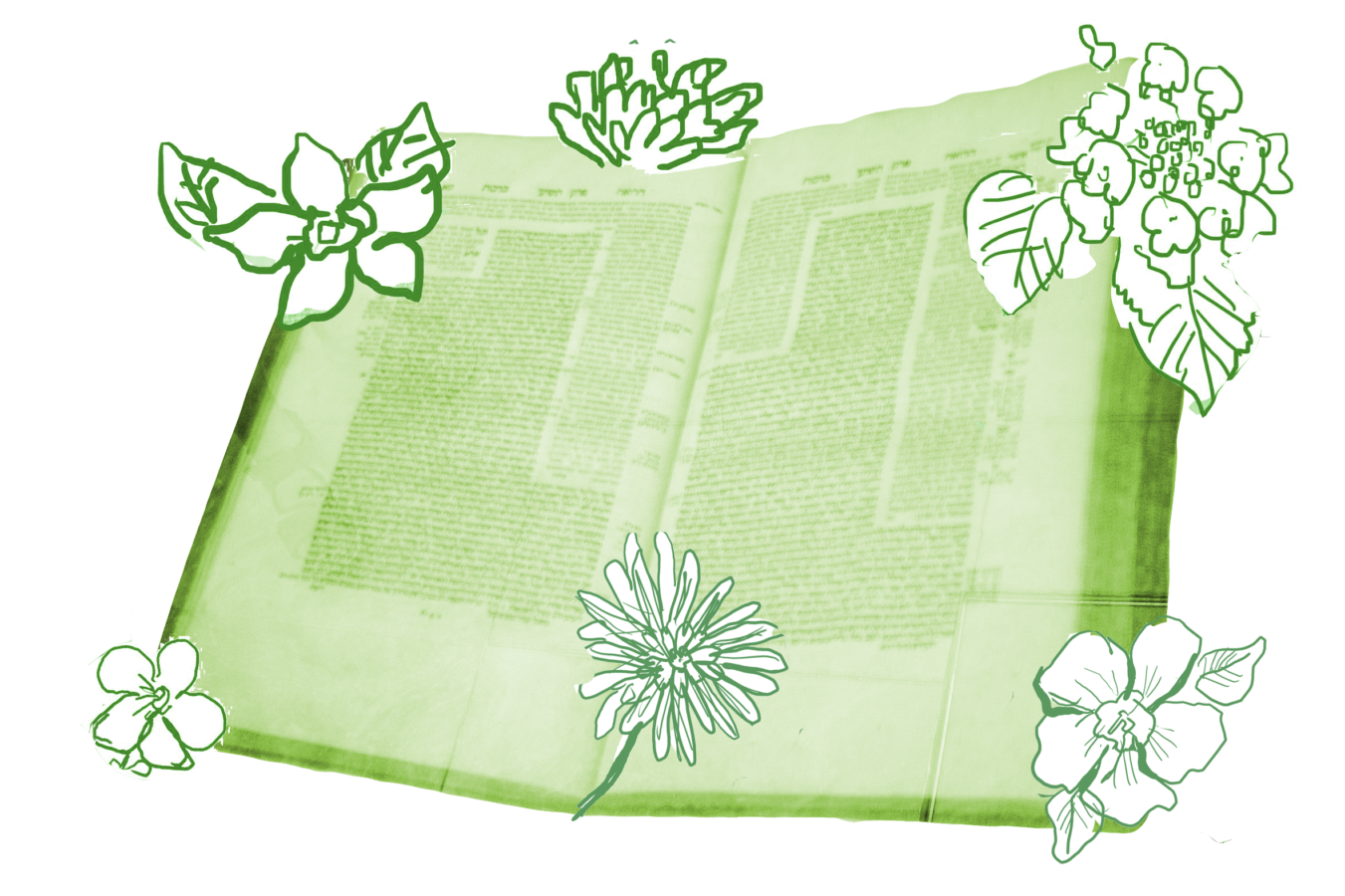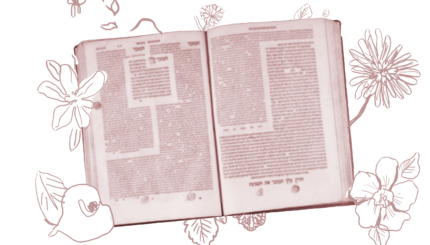Today’s daf contains a fascinating discussion of physical health, including teachings about the health effects of various foods and even various spaces. Teachings like these are scattered throughout the Talmud. The rabbis are committed to public health and they sought to understand the complex factors that can support or hurt the health of communities and individuals. While sometimes their conclusions don’t map onto modern scientific understanding, their discussion of the health effects of physical spaces aligns in fascinating ways with current research.
On today’s daf, we encounter this teaching:
Rav Yehuda said that Rav said: In any city that has many ascents and descents, which can be taxing to the body, people and animals die at half their days, meaning half of their life expectancy. The Gemara expresses surprise: Can it enter your mind that Rav really meant to say that they die prematurely? Even in such cities they are known to have a regular life expectancy. Rather, say: They grow old at half their days, i.e., they age prematurely due to the strain of climbing up and down the inclines. Similarly, Rav Huna, son of Rav Yehoshua, said: The ascents and descents between Beit Biri and Beit Neresh, my place of residence, made me grow old prematurely.
Rav Yehuda states that the physical environment can lead to significantly lowered life expectancy. The Gemara then qualifies that statement by suggesting that the physical environment can lead not to a shorter life span, but to increased physical stressors and premature aging. And contemporary public health experts have in fact shown this to be true, that our physical environments can affect both our quality and quantity of life. Issues like access to clean water, how our waste is disposed of, whether our communities have sidewalks, the degree of environmental stress that we have in our lives — all these affect our quality, and quantity, of life.
The rabbis on today’s daf didn’t have the tools of modern public health researchers. But they did have the wisdom to recognize that physical spaces affect our bodies. And they could see how those effects led to outcomes like premature aging and even death.

Help us keep Jewish knowledge accessible to millions of people around the world.
Your donation to My Jewish Learning fuels endless journeys of Jewish discovery. With your help, My Jewish Learning can continue to provide nonstop opportunities for learning, connection and growth.
On a base level, it’s always interesting to see when ancient rabbinic ideas align with modern thinking. But there are two additional aspects of this teaching that are worth noting.
First, the rabbis don’t assume that people can just leave their communities. They don’t blame people for staying in stressful environments. Rav Huna son of Rav Yehoshua is not criticized for not leaving his hometown. Indeed he appears in the Talmud as a rabbi and a sage.
Second, the rabbinic discussion on today’s daf is part of a larger discourse committed to preserving human life. As we’ve already seen, one can violate Sabbath law to preserve human life and to enhance it. It’s worth pondering what the rabbis might have said about our modern responsibility to shape our environments – wherever possible – to be as conducive to public health as possible.
Read all of Eruvin 56 on Sefaria.
This piece originally appeared in a My Jewish Learning Daf Yomi email newsletter sent on October 4th, 2020. If you are interested in receiving the newsletter, sign up here.



